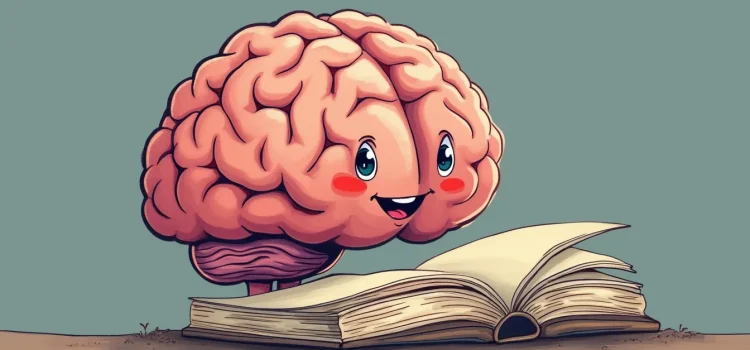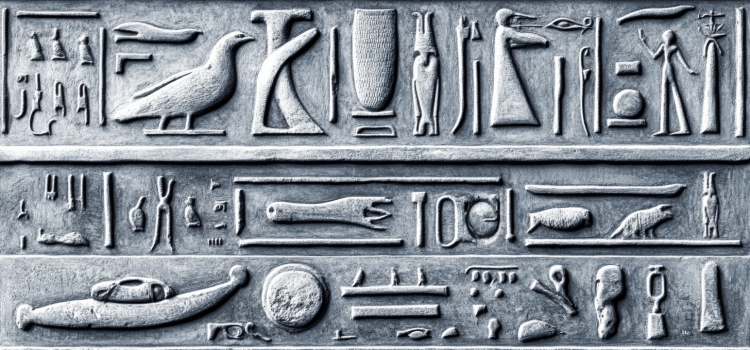What happens in our brains when we learn to read? How do different writing systems shape our neural pathways? In her book Proust and the Squid, Maryanne Wolf explains how the reading brain is made possible through neuroplasticity. Despite having no dedicated reading center, our brains rewire themselves in three profound ways. Read on to explore how this remarkable adaptation changed human history and continues to shape our minds today.
The Reading Brain: How Neuroplasticity Makes Reading Possible










